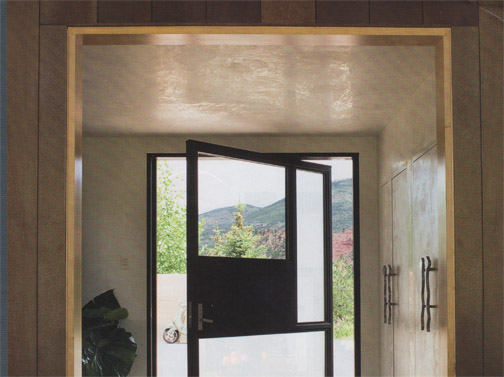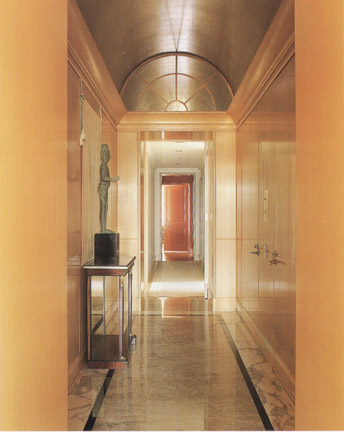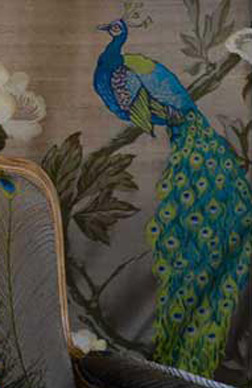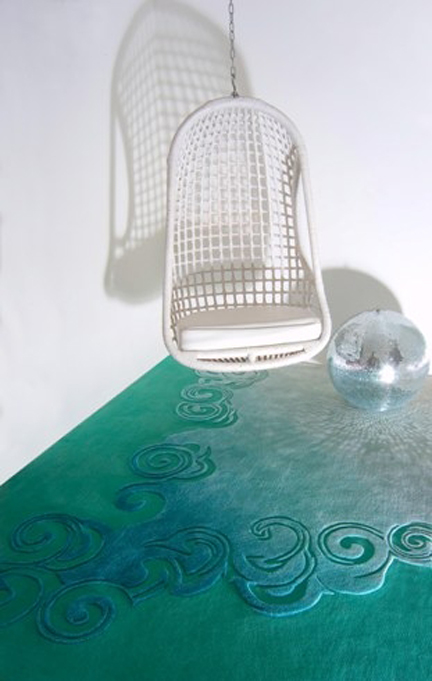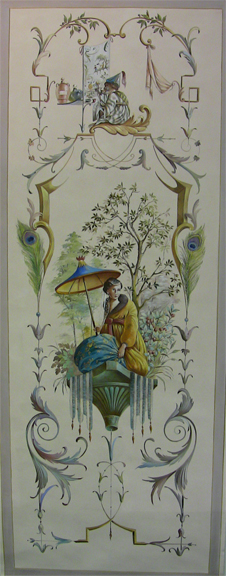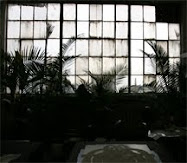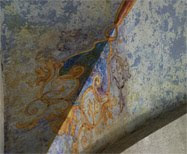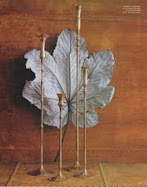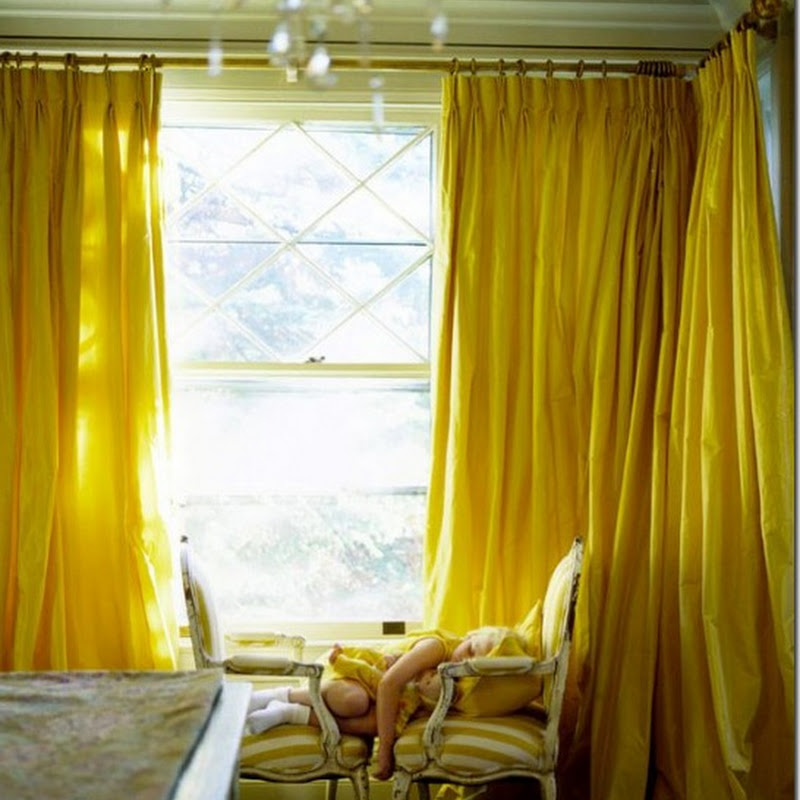How can one pass up a week in a Tuscan villa? Located just inside of Umbria, an hour from Florence, this to-die-for villa was all you'd expect it to be. (Villa pics coming later.) With the villa serving as our base, we roamed the surrounding areas and just soaked it all in.
While traveling through Arezzo (east of Florence), we fell in love with these groin vaulted ceilings in a non-descript deli. We walked in for lunch, looked up and that was it! So typical of Italy- there is such beauty at every turn.
Arezzo, Italy groin vault ceiling
A few years ago, my SO opened a boutique/cafe that was based on our passion of Italian design. We blew up our video frames of the dome ceiling that we loved in Arezzo to see the pattern and attempted to re-create those designs.
I started out with m-a-n-y sample boards to figure out the finishes; here is one of the final boards- I think I finally figured it out!
Sample board
The groin vault domes (formed by the intersection of two or more barrel vaults) began with a custom engineered metal frame.
Drywall was affixed to the metal frame and the entire ceiling, especially the many seams, was smoothed, filled, sanded, followed by filling and sanding and filling and sanding. The plasterer (Thanks, Dan!) did an AWESOME job.
I first primed twice and basecoated twice before even thinking of the finish layers. Then I began applying the three plaster layers, using a custom mix for each layer. The first layer was ochre and lapis blue; the second and third layers were more of what you see- the whites and lapis blues.
Then we painted the designs, some freehand and some with a few specific designs cut in mylar to be consistent on site, trying to stay as close to the original ceiling design as possible.
Once the painting was complete, we added a layer of glaze to “knock back” and age the finish.
We only had 2 weeks to take the ceiling from the raw drywall and seams state to completion.
Still adding! These are the electrical guys for the chandelier installation.
Here we are at work...
The ceiling is 25 feet up there!
Adding details
Here is the beautiful Isola Bella groin vault ceiling, ready for the chandelier to be installed!
We're done! Just waiting for the chandelier.
Closeup view of groin vault seam
+web.jpg)

























